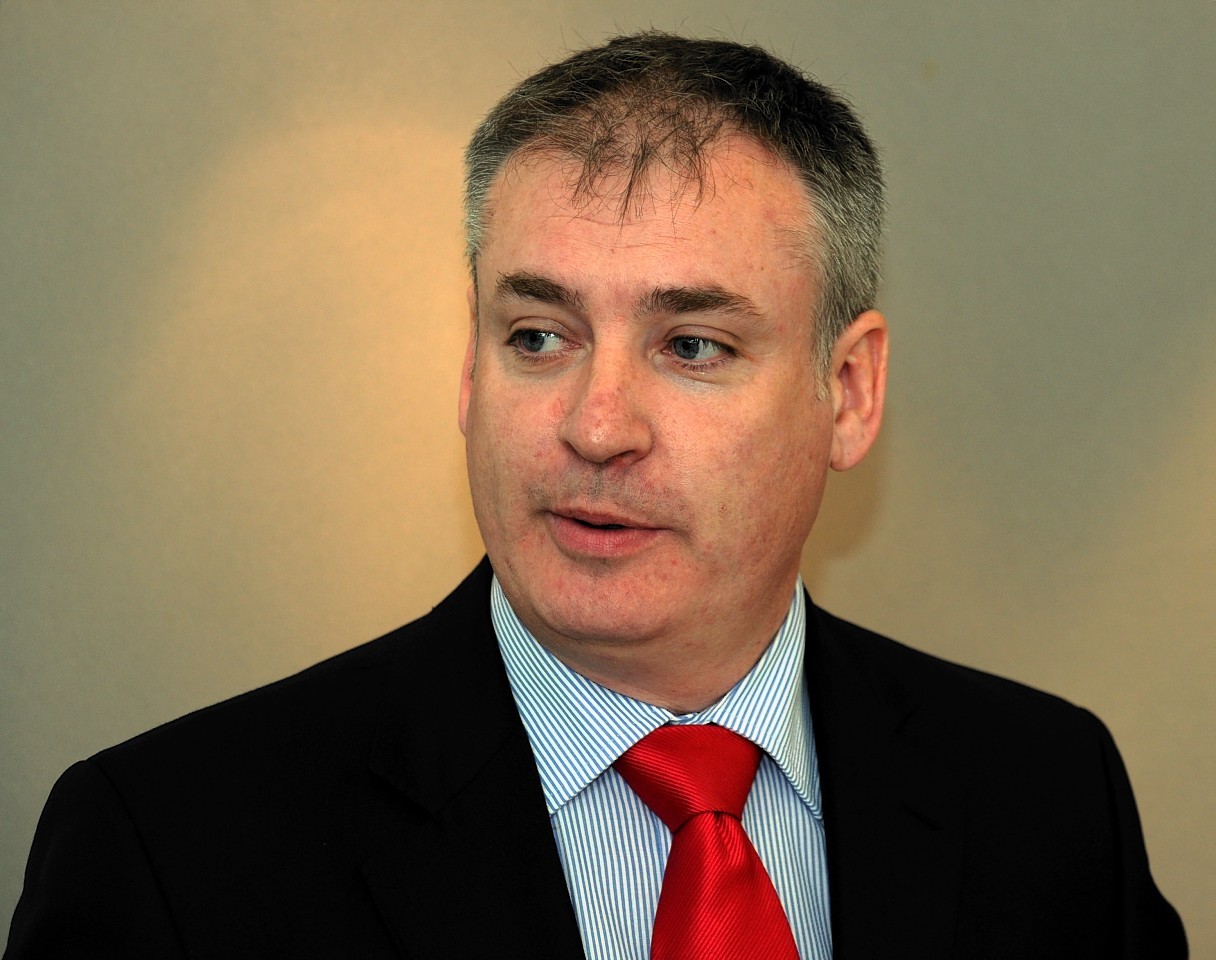A large-scale study into the commercial viability of using baited traps to catch white-fish species is among four projects to attract Marine Scotland funding.
Shetland’s North Atlantic Fisheries College (NAFC), Shetland Fishermen’s Association (SFA), Marine Scotland scientists and a west coast fisherman are all involved in the demersal trap scheme, the Scottish Government revealed yesterday.
Marine Scotland is supporting the research with £60,000 of funding as part of a £160,000 package for projects “that aim to improve our understanding of inshore fish stocks and reduce unwanted catches”.
Announcing the cash on a visit to Orkney yesterday, Fisheries Secretary Richard Lochhead said: “It is a great boost to the industry and four very worthy projects.
“I am looking forward to seeing what each organisation will achieve with the money that has been allocated to them.”
He added: “The landing obligation, which forms part of the discard ban, is fundamentally changing the way we fish.
“It’s obvious to me that we have to rethink the fundamentals of how we manage fishing.
“I have pledged to work with the industry to make this obligation work for our fisheries, and today’s funding announcement is just part of that.”
Studies have taken place elsewhere in the world to explore the commercial potential for using traps to catch fish such as haddock without the by-catch of other less abundant species associated with traditional trawling.
The Scottish experiment is the latest conservation initiative aimed at reducing unwanted catches by this country’s fishing fleet.
Among the other projects receiving funding, members of Orkney Fisheries Association and Heriot-Watt University have been awarded £24,200 for a study to “verify and quantify” important areas for juvenile scallops in Orkney waters. Some of the cash will be used to train up fishermen to contribute to underwater surveys.
A further £35,000 has been allocated to NAFC and SFA to undertake a tagging study to obtain movement data on a range of data limited species caught in the North Sea, while prawn trawl modification studies will be carried out off the west coast through the provision of £40,000.
All four funded projects are expected to start early in 2015 and last for up to two years.
